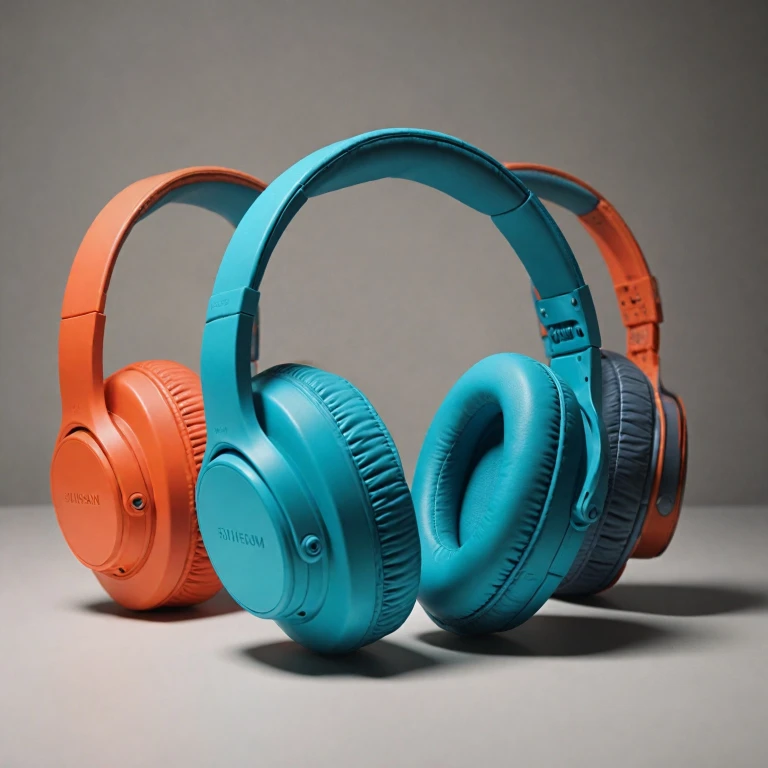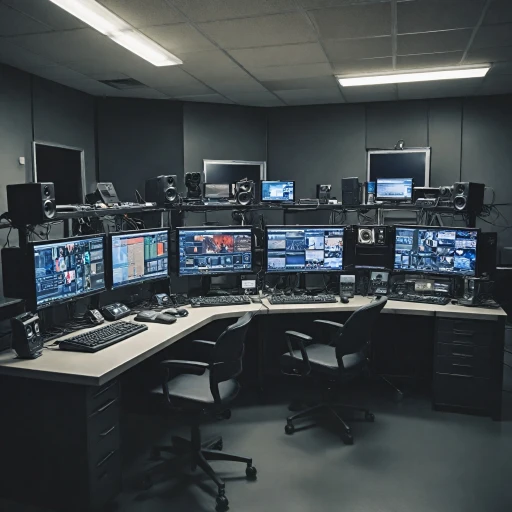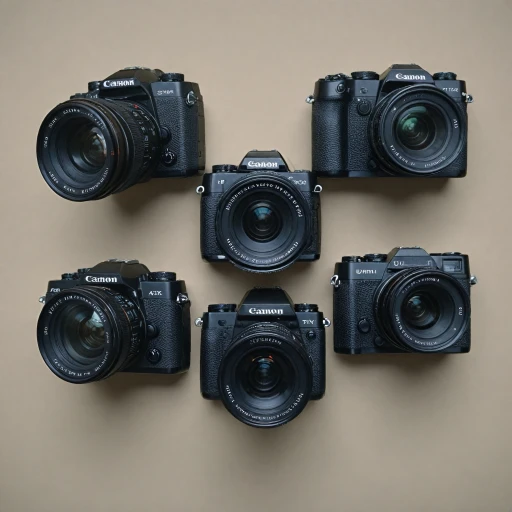Understanding 3D Scanning Technology
Delving into 3D Scanning Techniques
In the realm of modern technology, 3D scanning stands as a fascinating advancement that has transformed how we create and design. In essence, these sophisticated techniques capture the intricate details of objects and reproduce them with incredible accuracy. Whether it's the delicate structure of custom earphones or the complex contours of ear headphones, the ability to scan these items serves a crucial role in achieving a snug fit and superior sound quality. The process of 3D scanning is a journey of light and precision. A light scanner, often using blue light technology, emits beams that reflect off the object's surface. The reflections are then analyzed to create a digital model. High resolution is key here, as it's this clarity that ensures custom ear tips and designed ear impressions replicate accurately. Digital cameras are integral to this process, providing the necessary clarity and depth required to capture the smallest details. As custom-fit ear headphones become more common, the need for strong, reliable scanning technology grows. Enhancements in these cameras have further refined the scanning process, making it more efficient and effective at capturing the true essence of the object's form. For those intrigued by the art of transforming scanned data into tangible items, expert scanning technology lays the foundation. Tools like OBJ and STL files, alongside FBX and OBJ formats, are employed to translate scanned content into physical prototypes through advanced printing technology. This seamless blend of scanning and printing opens avenues for customization like never before. Continue exploring how innovative digital cameras enhance 3D scanning by examining future trends and scanning challenges. Dive deeper into the evolving practices that make today’s advanced headphone designs possible. And for additional insights into capturing breathtaking visuals, don't miss the chance to experience Ouray through live camera feeds.The Role of Digital Cameras in 3D Scanning
The Intersection of Digital Cameras and 3D Scanning
Digital cameras play a pivotal role in the 3D scanning process, particularly when it comes to capturing the intricate details of headphones. The technology behind 3D scanning relies heavily on the camera's ability to capture high-resolution images, which are then processed to create a 3D model. This is crucial when designing custom earphones and headphones, where precision is key to ensuring a snug fit and optimal sound quality.
In the context of scanning headphones, digital cameras are tasked with capturing every curve and contour of the device. This includes the ear tips, ear canal, and even the headband, all of which contribute to the overall design and comfort of the headphones. The scanning process often involves the use of a light scanner, which projects blue light onto the object to capture its shape accurately.
Enhancing Sound Quality and Custom Fit
By using digital cameras in 3D scanning, manufacturers can create headphones that offer superior noise isolation and sound quality. The high-resolution images captured by the camera allow for the creation of detailed 3D models in formats such as OBJ and STL, which are then used in the printing process to produce custom-fit earphones. This level of customization ensures that the headphones not only fit perfectly but also deliver an enhanced audio experience.
Furthermore, the integration of digital cameras in 3D scanning technology has led to advancements in the design and production of headphones. With the ability to capture and process detailed images, manufacturers can experiment with different materials and shapes to improve the overall performance and aesthetics of the headphones.
For those interested in exploring the broader applications of digital cameras in technology, you can experience Ouray through live camera feeds to see how these devices are used in various contexts.
Challenges in 3D Scanning Headphones
Overcoming Various Difficulties in Headphone Scanning
3D scanning headphones present several challenges, especially when striving for a custom fit. One of the main hurdles involves capturing the complex shapes around the ear and ear canal accurately. Custom earphones, designed to optimize both fit and sound quality, require precise measurements that can be challenging to obtain with current scanning technology. Another significant aspect of the process involves ensuring noise isolation and enhancing sound quality. Achieving a snug and secure fit with custom ear tips often depends on the high resolution of the light scanner utilized. This scanning process is intricate, demanding both expertise and advanced equipment. The creation of these custom ear fittings further involves transforming digital scans into printable objects. Common file formats like OBJ and STL, essential for 3D printing technology, require precise design and translation from scan data. Errors in this step can lead to discrepancies between the scan and the final product, impacting both the fit and the acoustic properties of the headphones. Ensuring privacy when using scanning apps and storing such detailed personal data is yet another challenge. Organizations must comply with data protection regulations, requiring clarity in their privacy policy. Despite these challenges, the digital and scanning sector continues to make strides towards creating more innovative solutions for custom fit earphones. Digital cameras play a pivotal role in refining the 3D scanning process, ensuring high-quality sound through well-fitted ear headphones. For more insights into the developments in digital cameras and scanning technology, you might explore more specialized resources like the world of aura photography cameras for a deeper understanding of the intersection between digital imaging and scanning technology.Choosing the Right Digital Camera for 3D Scanning
Finding the Perfect Digital Camera for Your 3D Scanning Needs
Choosing the right digital camera is crucial when it comes to 3D scanning headphones. The camera you select will directly impact the quality and precision of your scans, especially when dealing with intricate details like ear tips and ear canals. Here are some key factors to consider:
- Resolution and Image Quality: High-resolution cameras are essential for capturing the fine details of headphone designs. Look for cameras that offer high megapixel counts and superior image sensors to ensure clarity in your scans.
- Compatibility with Scanning Technology: Ensure that the camera is compatible with your chosen scanning technology. Some cameras work better with specific types of light scanners, such as blue light or laser scanners, which are often used in 3D scanning processes.
- Portability and Ease of Use: A lightweight and easy-to-handle camera can make the scanning process more efficient, especially when you need to capture different angles of the headphones or earphones.
- Software Integration: Check if the camera integrates well with scanning apps and software. Seamless integration can streamline the scanning and printing process, allowing for quick conversion to formats like OBJ, STL, or FBX for custom earphones or headphone designs.
- Privacy Considerations: As privacy policy concerns grow, ensure that the camera and its software comply with necessary regulations to protect user data during the scanning process.
By considering these factors, you can ensure that the digital camera you choose will enhance the quality of your 3D scans, leading to better sound quality and noise isolation in custom-fit earphones and headphones. As technology advances, innovations in digital cameras continue to improve the accuracy and efficiency of 3D scanning, making it easier to achieve the perfect snug fit for any custom ear design.
Innovations in Digital Cameras for Enhanced 3D Scans
Advanced Imaging Tech for Superior Scans
The innovations in digital cameras have significantly transformed the 3D scanning landscape, offering artists and engineers enhanced capabilities for capturing intricate details. One key advancement is the integration of high-resolution digital cameras that work in tandem with scanning technology. These cameras use high-speed light scanners to capture the unique contours of headphones, earphones, and even the ear canal, ensuring a perfect custom fit. This technology meticulously sequences images, allowing for precise noise isolation and superior sound quality when designing custom ear headphones.
Modern digital cameras are equipped with sophisticated blue light scanners, which have proven essential for rendering accurate ear impressions. As a result, the process of creating custom earphones that snugly fit the user's ear canal has been optimized, providing unparalleled comfort and custom ear fit. The high-tech imaging captures every detail in obj and fbx file formats, which are crucial for 3D printing processes.
Versatile Formats for Content Creation
The ability to output in various formats like obj, stl, and fbx has opened up new possibilities for design and manufacturing content. This flexibility feeds directly into 3D printing technology, enabling the creation of bespoke headphones and ear tips that cater to diverse auditory needs. By leveraging these digital advancements, manufacturers are now able to offer products that not only fit perfectly but also deliver optimal sound performance.
This evolution in scanning and printing technology highlights a continual push towards customization in audio products, providing users with solutions tailored specifically to their needs. Whether it's for creating a high-fidelity listening experience or designing earphones with specific fit requirements, the synergy between digital cameras and 3D scanning is an undeniable game-changer.



